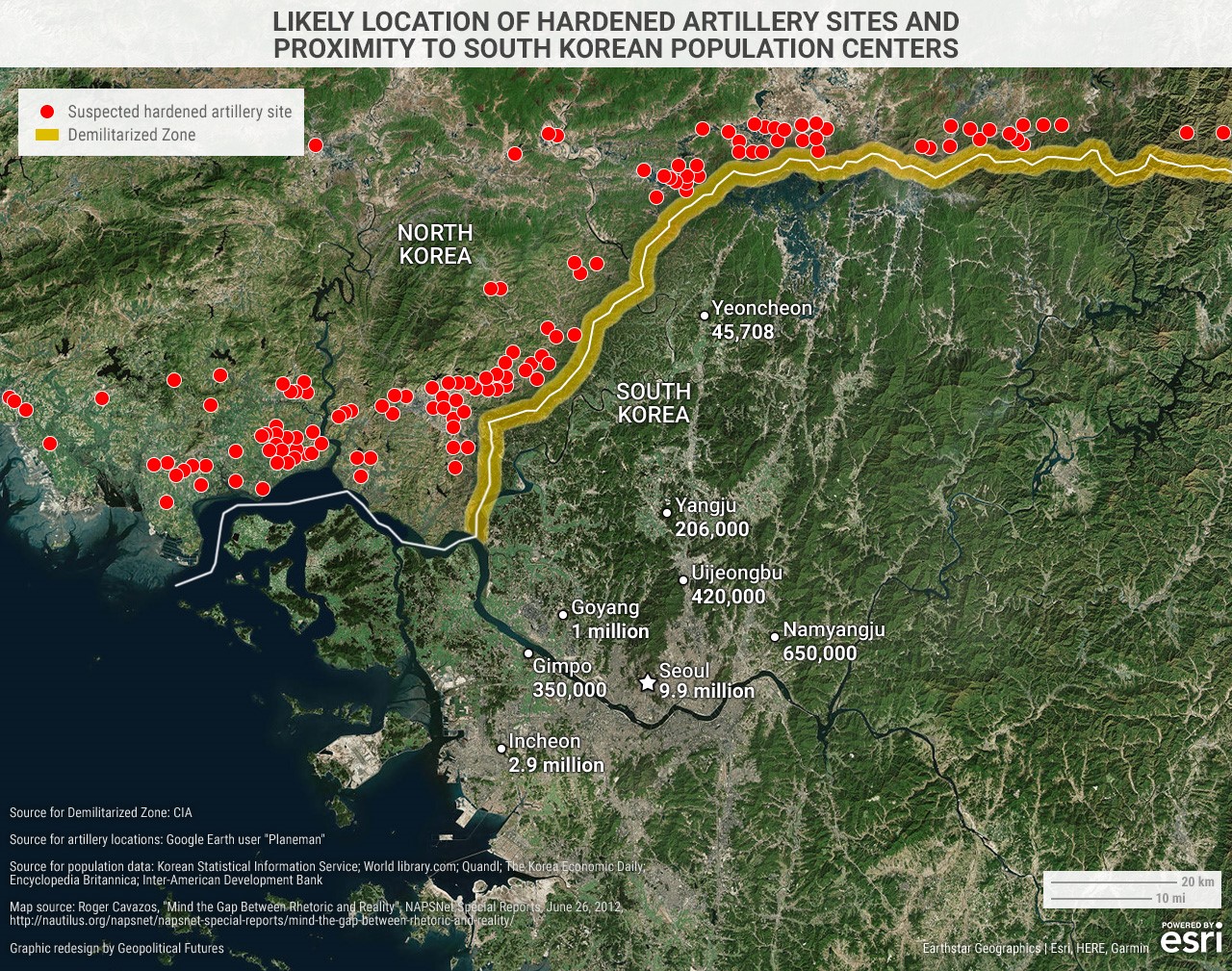
In 2002, TDI submitted a report to the U.S. Army Center for Army Analysis (CAA) on the first phase of a study examining the effects of combat in cities, or what was then called “military operations on urbanized terrain,” or MOUT. This first phase of a series of studies on urban warfare focused on the impact of urban terrain on division-level engagements and army-level operations, based on data drawn from TDI’s DuWar database suite.
This included engagements in France during 1944 including the Channel and Brittany port cities of Brest, Boulogne, Le Havre, Calais, and Cherbourg, as well as Paris, and the extended series of battles in and around Aachen in 1944. These were then compared to data on fighting in contrasting non-urban terrain in Western Europe in 1944-45.
The conclusions of Phase I of that study (pp. 85-86) were as follows:
The Effect of Urban Terrain on Outcome
The data appears to support a null hypothesis, that is, that the urban terrain had no significantly measurable influence on the outcome of battle.
The Effect of Urban Terrain on Casualties
Overall, any way the data is sectioned, the attacker casualties in the urban engagements are less than in the non-urban engagements and the casualty exchange ratio favors the attacker as well. Because of the selection of the data, there is some question whether these observations can be extended beyond this data, but it does not provide much support to the notion that urban combat is a more intense environment than non-urban combat.
The Effect of Urban Terrain on Advance Rates
It would appear that one of the primary effects of urban terrain is that it slows opposed advance rates. One can conclude that the average advance rate in urban combat should be one-half to one-third that of non-urban combat.
The Effect of Urban Terrain on Force Density
Overall, there is little evidence that combat operations in urban terrain result in a higher linear density of troops, although the data does seem to trend in that direction.
The Effect of Urban Terrain on Armor
Overall, it appears that armor losses in urban terrain are the same as, or lower than armor losses in non-urban terrain. And in some cases it appears that armor losses are significantly lower in urban than non-urban terrain.
The Effect of Urban Terrain on Force Ratios
Urban terrain did not significantly influence the force ratio required to achieve success or effectively conduct combat operations.
The Effect of Urban Terrain on Stress in Combat
Overall, it appears that urban terrain was no more stressful a combat environment during actual combat operations than was non-urban terrain.
The Effect of Urban Terrain on Logistics
Overall, the evidence appears to be that the expenditure of artillery ammunition in urban operations was not greater than that in non-urban operations. In the two cases where exact comparisons could be made, the average expenditure rates were about one-third to one-quarter the average expenditure rates expected for an attack posture in the European Theater of Operations as a whole.
The evidence regarding the expenditure of other types of ammunition is less conclusive, but again does not appear to be significantly greater than the expenditures in non-urban terrain. Expenditures of specialized ordnance may have been higher, but the total weight expended was a minor fraction of that for all of the ammunition expended.
There is no evidence that the expenditure of other consumable items (rations, water or POL) was significantly different in urban as opposed to non-urban combat.
The Effect of Urban Combat on Time Requirements
It was impossible to draw significant conclusions from the data set as a whole. However, in the five significant urban operations that were carefully studied, the maximum length of time required to secure the urban area was twelve days in the case of Aachen, followed by six days in the case of Brest. But the other operations all required little more than a day to complete (Cherbourg, Boulogne and Calais).
However, since it was found that advance rates in urban combat were significantly reduced, then it is obvious that these two effects (advance rates and time) are interrelated. It does appear that the primary impact of urban combat is to slow the tempo of operations.
This in turn leads to a hypothetical construct, where the reduced tempo of urban operations (reduced casualties, reduced opposed advance rates and increased time) compared to non-urban operations, results in two possible scenarios.
The first is if the urban area is bounded by non-urban terrain. In this case the urban area will tend to be enveloped during combat, since the pace of battle in the non-urban terrain is quicker. Thus, the urban battle becomes more a mopping-up operation, as it historically has usually been, rather than a full-fledged battle.
The alternate scenario is that created by an urban area that cannot be enveloped and must therefore be directly attacked. This may be caused by geography, as in a city on an island or peninsula, by operational requirements, as in the case of Cherbourg, Brest and the Channel Ports, or by political requirements, as in the case of Stalingrad, Suez City and Grozny.
Of course these last three cases are also those usually included as examples of combat in urban terrain that resulted in high casualty rates. However, all three of them had significant political requirements that influenced the nature, tempo and even the simple necessity of conducting the operation. And, in the case of Stalingrad and Suez City, significant geographical limitations effected the operations as well. These may well be better used to quantify the impact of political agendas on casualties, rather than to quantify the effects of urban terrain on casualties.
The effects of urban terrain at the operational level, and the effect of urban terrain on the tempo of operations, will be further addressed in Phase II of this study.




